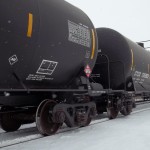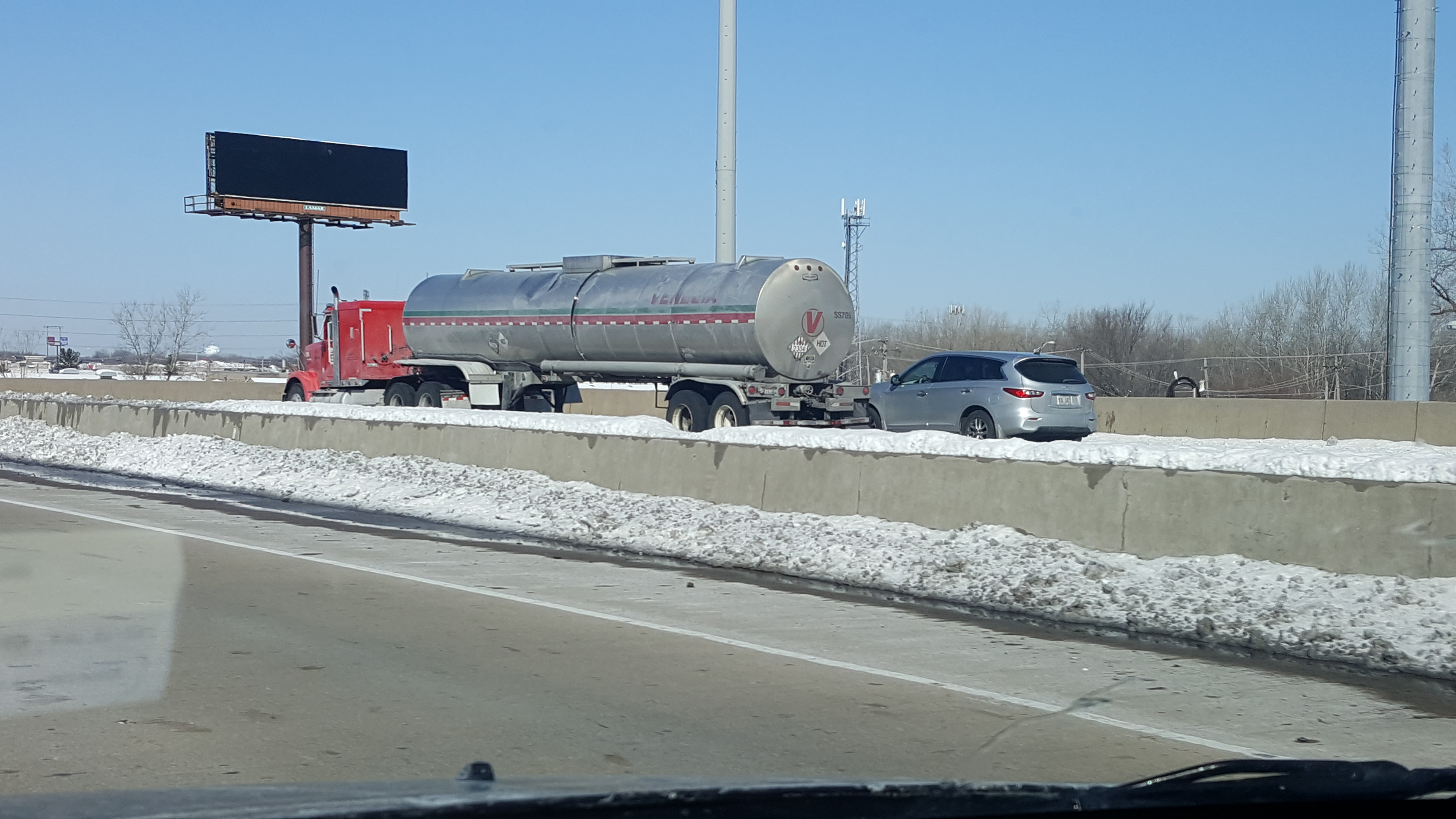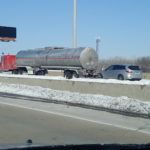The Hazardous Materials Regulations (HMR) of the Pipeline and Hazardous Materials Safety Administration within the U.S. Department of Transportation (USDOT/PHMSA) apply to the transportation of hazardous materials (HazMat) to, from, or through the U.S. The HMR are codified in Title 49 of the Code of Federal Regulations (CFR).
Pursuant to 49 CFR 172.204, the shipper of a hazardous material – referred to as “each person who offers a hazardous material for transportation” – must provide a certification on the shipping paper that the HazMat shipment is in compliance with all of the Hazardous Materials Regulations. However, there are exceptions to this rule when a HazMat may be offered for transportation and not require a shipper’s certification. Those exceptions are documented in 49 CFR 172.204(b) and explained in this article.
49 CFR 172.204(b) reads:
(b) Exceptions. (1) Except for a hazardous waste, no certification is required for a hazardous material offered for transportation by motor vehicle and transported:
(i) In a cargo tank supplied by the carrier, or
(ii) By the shipper as a private carrier except for a hazardous material that is to be reshipped or transferred from one carrier to another.
(2) No certification is required for the return of an empty tank car which previously contained a hazardous material and which has not been cleaned or purged.
It is important to note that §172.204(b) identifies exceptions from the requirement to provide a shippers’ certification and not an exception from the requirement to describe a hazardous material on a shipping paper; those exceptions are codified in §172.200(b) and will be explained in a later article. Needless to say, the exceptions from the HazMat description on the shipping paper are different than the exceptions from the shipper’s certification. It is therefore possible that some HazMat shipments may require a shipping paper but not require the shipper’s certification.
Let’s carefully break down this exception into its two main sections: §172.204(b)(1) and §172.204(b)(2).
Like this article? Subscribe to my Monthly Newsletter No marketing emails! |
The conditions for an exception found in §172.204(b)(1) are as follows:

- The exception does not apply to a hazardous waste. Therefore, all shipments of a hazardous waste – which are required to be described on the Uniform Hazardous Waste Manifest – must have a shipper’s certification (referred to as the Generator’s/Offeror’s Certification in Section 15 of the manifest).
- The mode of transportation must be by motor vehicle, i.e., by public road or highway. Other modes of transportation (rail, aircraft, or vessel) must have the shipper’s certification on the shipping paper unless excepted elsewhere.
- The HazMat – not hazardous waste – must be transported by motor vehicle over a public roadway under one of the following conditions:
- In a cargo tank supplied by the carrier. A cargo tank is defined as a bulk packaging attached to, or part of, a motor vehicle and used for the transport of HazMat by highway. It is also commonly-referred to as a tanker truck.
Or…
- Where the shipper is also the carrier (i.e., a private carrier) and the HazMat will not be transferred to any other carrier. Refer to this interpretation letter (LOI 09-0285)
That leaves the conditions for exception at §172.204(b)(2):
- No certification is required for a tank car used to deliver a HazMat and now “empty” but still contains the residue of a hazardous material as it has not been cleaned or purged. Tank car as defined in the HMR refers specifically to a packaging used to transport HazMat by rail.
Read of the USDOT/PHMSA regulations for an “empty” packaging containing HazMat residue

Daniels Training Services, Inc. 815.821.1550 |
While most transportation of hazardous materials requires both a shipping paper and a certification, there are some instances when the shipping paper is not required and others (see above) when a certification is not required on the shipping paper.


